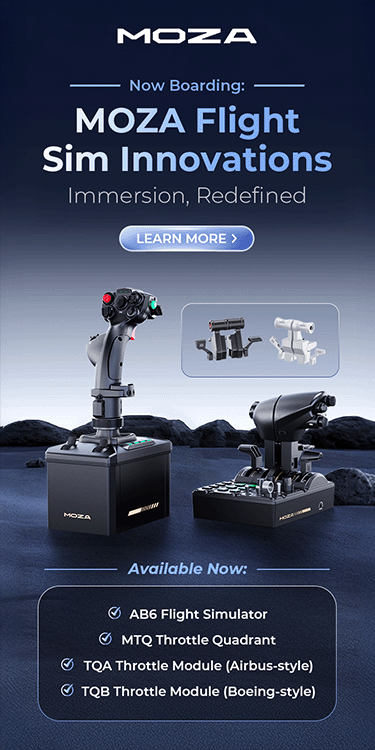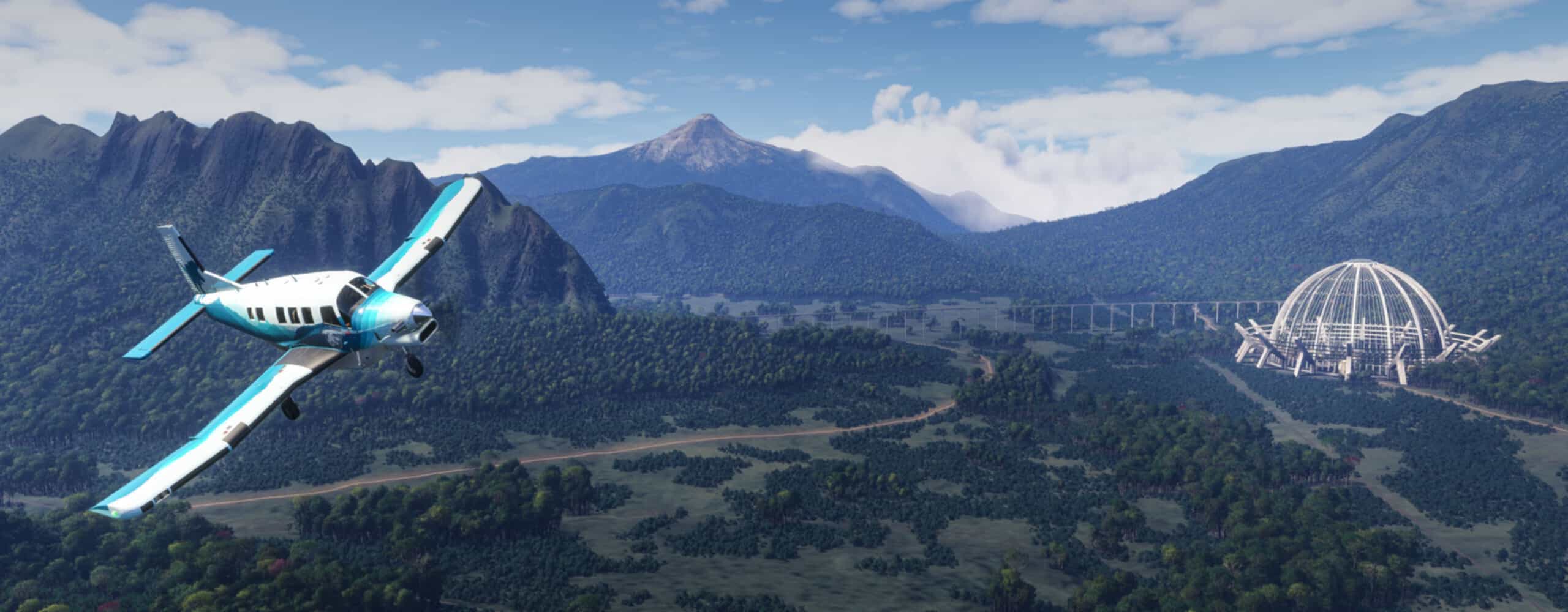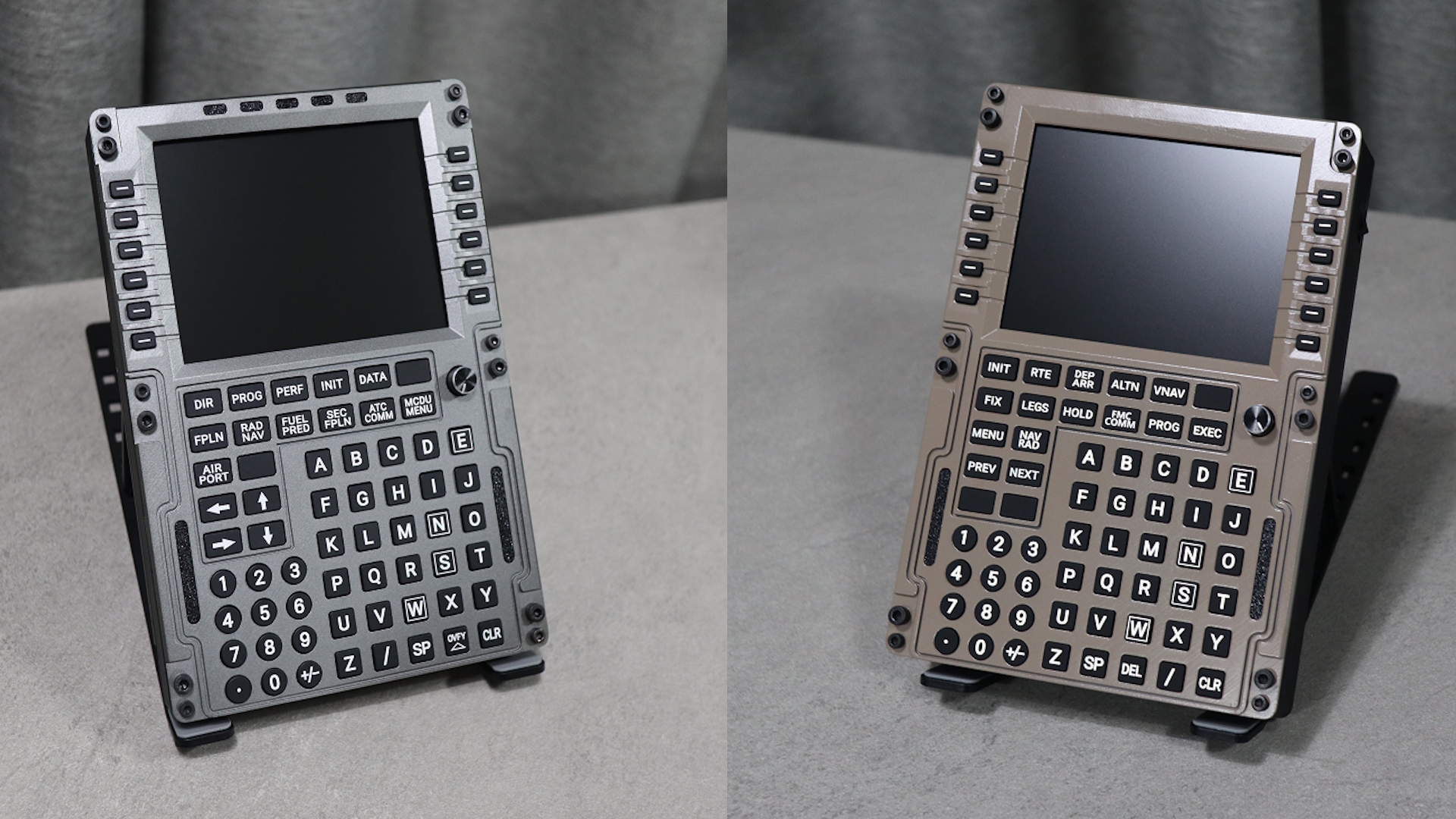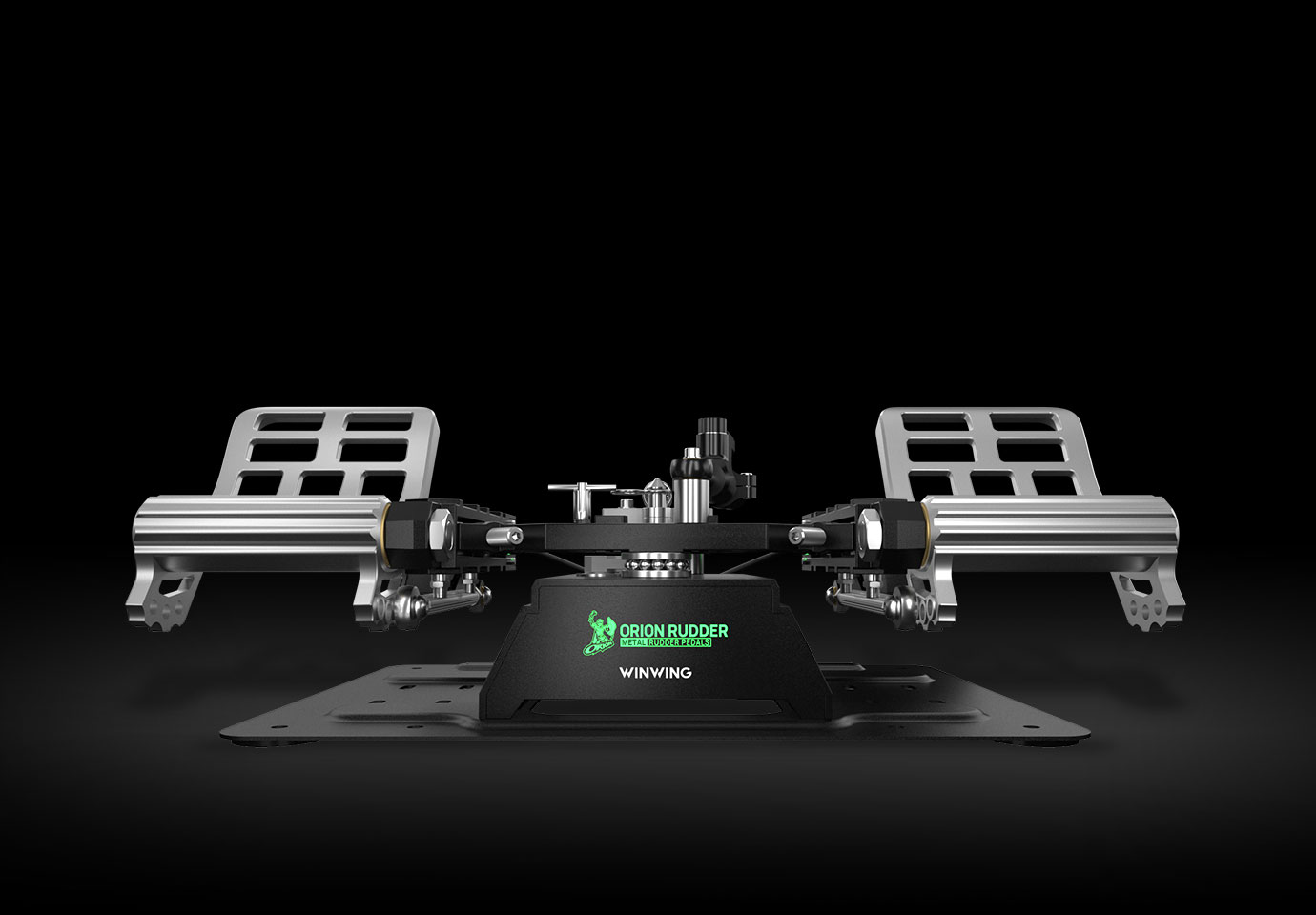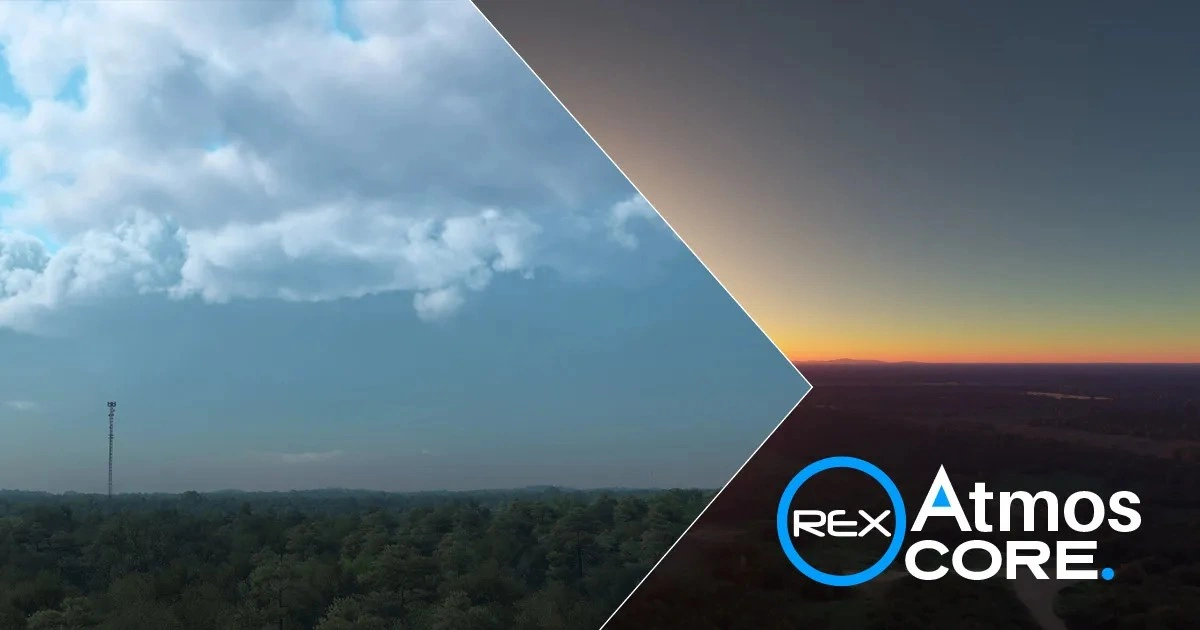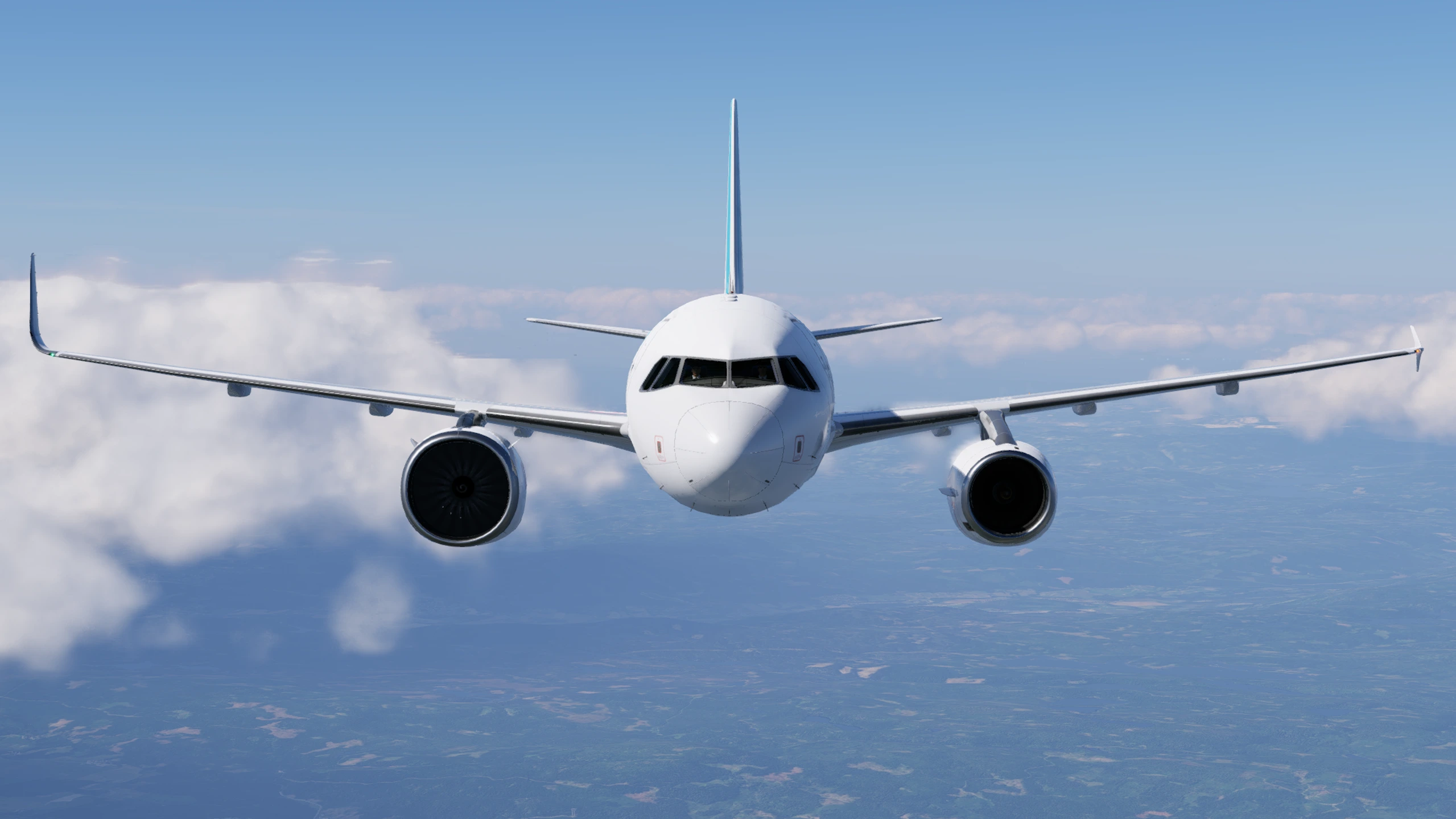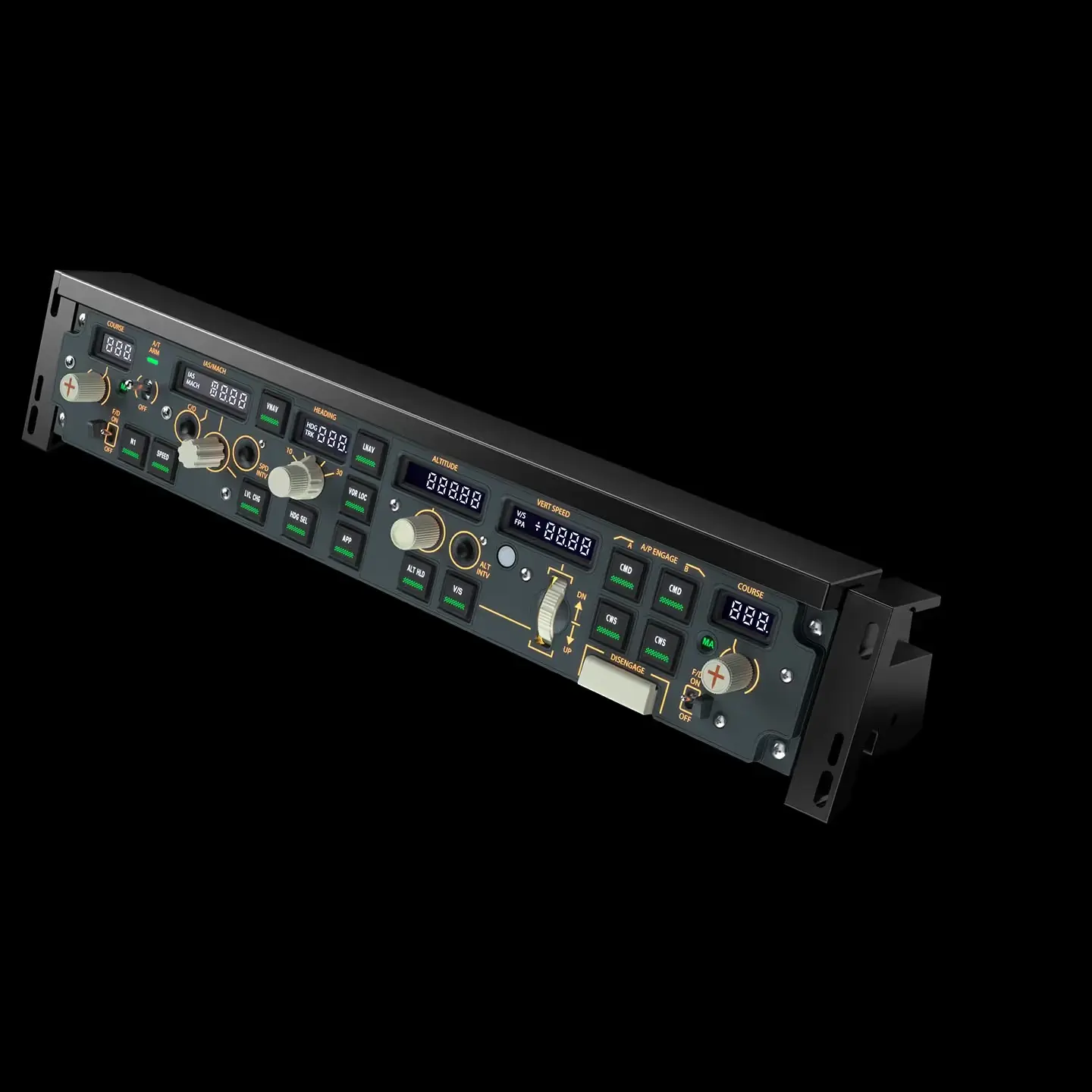Threshold Review: flyt’s Curitiba International Airport for MSFS 2020/2024
May 18, 2025
Introduction
Curitiba-President Afonso Pena International Airport (SBCT) is an International airport serving Curitiba's Metropolitan Area with a yearly average of 5.1 million passengers.

Although the name says otherwise, the airport is in São José dos Pinhais—Paraná, within Curitiba's Metropolitan Area. It was built in 1944 by the Brazilian Air Force Ministry in partnership with the United States for World War 2, but its late completion meant it was never actually used for its intended purpose.
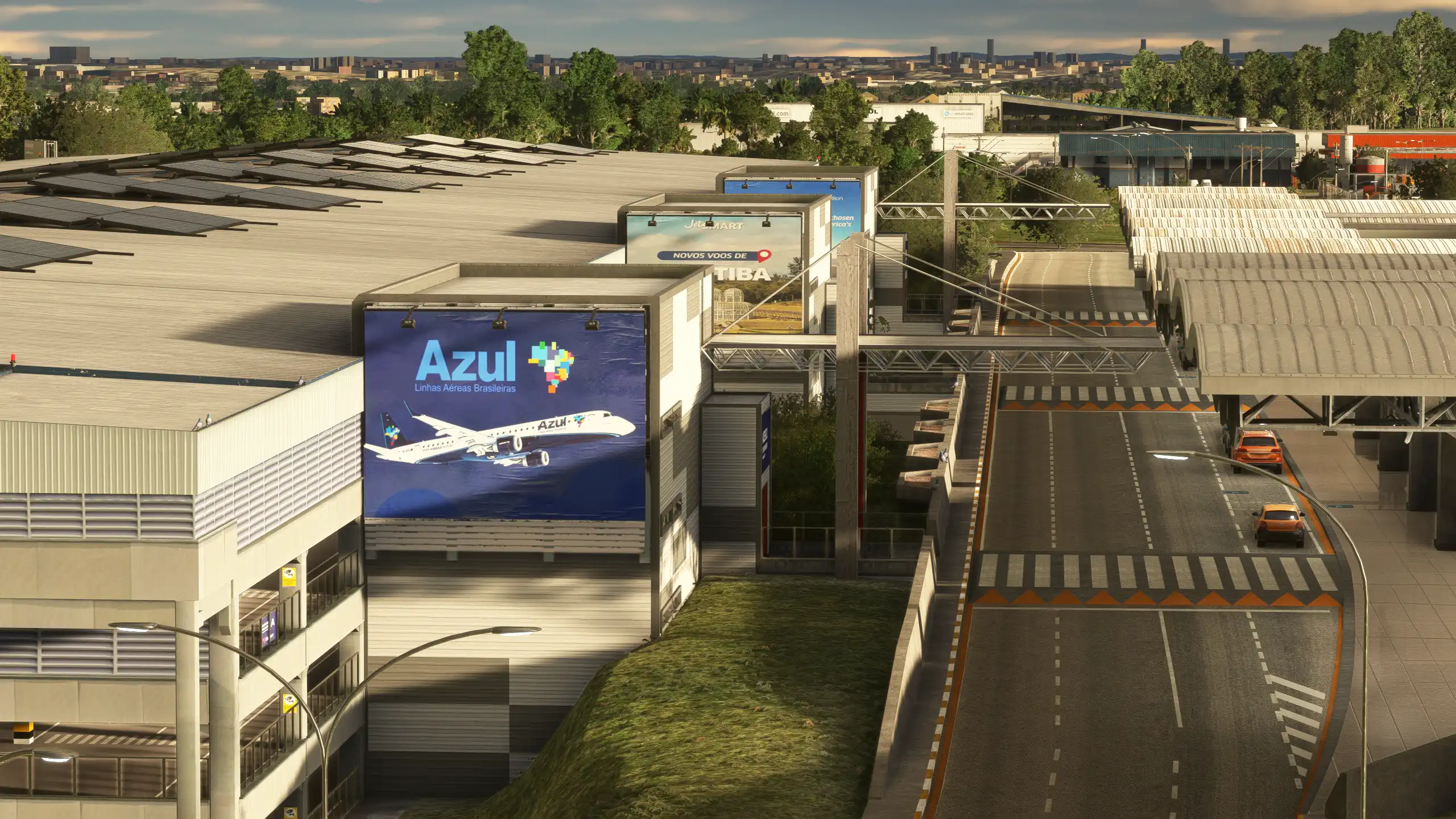
Their original plan was to have an airport in South America where they could take off to fight in the South Atlantic against any Axis-owned boats or submarines. The location's proneness to heavy fog was one of the main reasons for choosing it, as it offered a strategic advantage by concealing the airport from enemies. While that was ideal for combat purposes, it has proven challenging during its second life as a civil airport.
The infrastructure was first upgraded in the late 1940s for the first World Cup in Brazil (1950). The first passenger terminal remained in use until 1959, when it was ultimately replaced by a larger one.
Infraero took over the airport's administration in 1974. It is a state-owned company whose sole purpose was to administer airports countrywide, aiming to improve the country's airport infrastructure.
The passenger terminal from the late 1950s was replaced by a new one in 1996, as the old one was getting smaller due to the ever-growing passenger traffic figures. It was then repurposed as a cargo terminal, playing a huge role in Curitiba's importance as a cargo hub in Brazil (most international packages sent to Brazil end up in Curitiba for a while in one way or another).
Many upgrades were carried out in 2009, bringing the infrastructure up to modern standards for the World Cup 2014: over 30 million BRL were spent to expand the apron, build new taxiways, and improve parking infrastructure.
A survey conducted by the Ministry of Transportation elected it Brazil's best airport in 2016, 2017, and 2018.
It sat under Infraero's helm until 2021, when the concession rights were auctioned to CCR Aeroportos, a private company created in that same year, although heavily tied to Motiva (formerly named CCR), owners of many privatized highway stretches in the country, public transportation companies, and now airports.
It's a focus city for Azul, and served by Aerolíneas Argentinas, Gol Linhas Aéreas, JetSmart Chile, LATAM Brazil, LATAM Chile, and LATAM Peru.
Developed by flyt and Vitor Lima, the rendition features custom ground textures, custom terminal interiors, custom jetways, custom ground service equipment, performance-friendly optimization, an up-to-date ground layout, and much more.
Distribution
The scenery is distributed exclusively via the in-game marketplace for $12.99. At the time of writing this review, there was no other distribution method.
First Impressions
Last time I've "been" to Curitiba, I thought it would be nice if we had a decent rendition of it for Microsoft Flight Simulator 2020, as the only payware option available at the time was pretty underwhelming. It's a convenient airport to fly into because it is close to São Paulo (Congonhas and Guarulhos), taking less than 45 minutes of total flight time both ways, but the motivation wasn't there back then.
I must admit I was completely caught off guard by flyt's rendition. I had no idea it was coming, and I instantly got hyped when I saw the screenshots. Could it finally be the definitive Curitiba we had been waiting for so long? There was only one way to find out.
They have kindly provided me with a review copy so I could finally satiate that lingering curiosity sparked a few days prior when I learned of the product's existence and nearly almost bought it myself, only to be stopped by Microsoft's complete disregard for regional pricing practices (their new conversion ratio makes it more expensive to buy it from the marketplace than directly from the developers as they use a higher baseline value, making it infeasible).
The maiden flight couldn't be anything other than the very traditional Guarulhos - Curitiba with LATAM, taking less than 43 minutes on average if the wind is just right and assuming you don't miss the approach (visibility is often low during this time of the year). To make it even more challenging, I picked an A321 flight rather than an A319/A320, significantly amping the thrill of landing on its 2100-meter-long runway at 3000 feet elevation.
The flight was relatively uneventful, aside from a bit of turbulence here and there, and I was on short final within 41 minutes. As usual for Curitiba in May, visibility was not the greatest, but I managed to get runway 15 in sight at 500ft AGL, well above the 100ft minimums for that ILS approach.
Admittedly, though, the landing could have been a bit better, dropping like a brick on the aim point at -199 feet per minute, ensuring I wouldn't overrun my first flight into the new airport. Not as smooth as I'd like and far spankier than my usual standards, but still within reason.

The first thing that caught my eye was the ground markings, which looked absurdly detailed—even more so for Brazilian scenery standards. You don't see this kind of detail very often around here. That was quite a good start!


As I landed on runway 15, exiting the taxiway put me right in front of the passenger terminal, and nearly exactly in front of my assigned stand (11). Talk about convenience!

Modeling / Texturing
Upon parking on stand 11, I was greeted by an impressively well-modeled terminal, featuring high-quality textures throughout and proper wear and tear on the terminal itself and on the jetways (if you are familiar with my scenery reviews, you know I appreciate that a lot!). It was hard not to feel super immersed when all the ground vehicles and stuff are actual local ground service equipment rather than default vehicles from the SDK.



The overall quality of the models is unheard of for South American sceneries, with a few exceptions (although those are from significantly smaller airports for the most part). I couldn't find an inch of the airport that looked half-assed or lazy, which is also very impressive.



Both airside and landside feature a degree of detail that is well up to par with big scenery developers from the European and North American scene, truly doing justice to such an important airport.




The interiors strike a decent balance between looks and performance, and it appears they found a way to avoid getting sued for using specific brands and stuff by using AI generated company logos and banners, which breaks the immersion a bit but it's completely understandable from a copyright standpoint, especially given it's sold through Microsoft's marketplace and they might have rigorous demands in place for brand names and stuff (although I have seen marketplace sceneries using authentic brands and stuff).




AI shenanigans aside, the interior follows the real layout, and they use 3D passengers here and there, making it feel very lively and properly busy, just like the real airport (especially for its size).


As mentioned earlier, the ground markings are top-notch and completely custom, and they do not use any default textures. The runway textures are also completely custom.


Once you wander out of the terminal into the cargo and General Aviation areas, the detail bar remains high. There is dense clutter throughout, hangar interiors, lots of baggage carts and stairs, and all the bells and whistles you'd expect.



Overall, the consistency achieved by flyt is praiseworthy, especially considering it's their second scenery after SBJE, released a year ago. Commendable work for their second tango, but there's a reason for that: their developers have years of experience in the gaming industry, and decided to join forces to produce flight simulation stuff. The experience shows.




Night Lighting
The night lighting does not disappoint at all, making night flights a pleasurable experience from the runway to the stand: not overly bright, but also not excessively dark, right in that sweet middle ground.



The taxiways are equally well-lit, making night operations a breeze. That is more important than ever, given Curitiba's very foggy nature during some months of the year.



The interiors also light up nicely, and the ambience is convincing.



Overall, the night lighting is good, matching the rest of the package very well. Solid.

Performance
My Setup: 32 GB RAM DDR5 6200 Mhz, Ryzen 7 9800X3D 5.2GHz, Nvidia GeForce RTX 3080 10 GB, 2 TB SSD NVMe

With great detail comes great demand – for the most part – and my old 3080 unfortunately struggles a bit with the VRAM demands, yielding frames around the low 30s ballpark on approach and high 20s on ground (I generally sit at high 30s/low 40s) in most airports. With that being said, performance shouldn't be a problem on GPUs with more VRAM than mine.


At the very least, it doesn't stutter on final, nor do the frames fluctuate too much across different parts of the scenery, indicating proper work on the level of detail department.


It should run in line with most other payware airports as long as your video memory is up to snuff, which mine isn't. Not that it would be unplayable, though, as high 20s and low 30s are easily survivable and not exactly a bad experience per se.


It's definitely an issue on the video memory side of things, as the processor is essentially the best processor money can buy for Microsoft Flight Simulator 2020 in 2025 and shouldn't be a limiting factor in this case.

Conclusion
For only $12.99, it's very hard to ignore it even if you don't fly much in Brazil. The price is really decent for what is perhaps one of the best Brazilian add-on sceneries to date in sheer level of detail, consistency, and quality.


There is a significant number of routes from three of the major carriers (Azul, Gol, and Latam Brasil), a few International legs to Argentina and Chile, and it is pretty close to São Paulo, Porto Alegre, Foz do Iguaçu, and Brasília, making for short and fun little hops.



It's also available for Microsoft Flight Simulator 2024, although I don't have much of a say in how that one runs because I can't really play 2024 properly with my 3080 (DX12 moment).


A huge thank you to flyt for providing us with a review copy!


If you enjoy our content and want to support Threshold, consider joining us on Patreon!
Share this page
COMMENT ADVISORY:
Threshold encourages informed discussion and debate - though this can only happen if all commenters remain civil when voicing their opinions.

